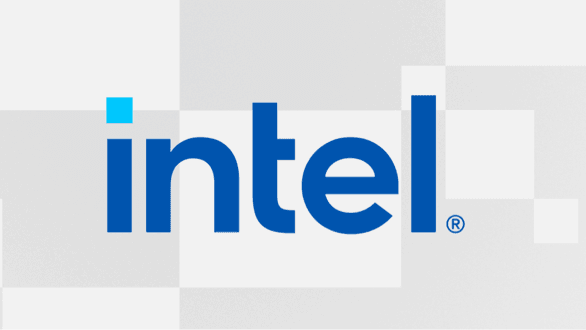- Joined
- Dec 25, 2020
- Messages
- 8,736 (5.33/day)
- Location
- São Paulo, Brazil
| Processor | 13th Gen Intel Core i9-13900KS |
|---|---|
| Motherboard | ASUS ROG Maximus Z790 Apex Encore |
| Cooling | Pichau Lunara ARGB 360 + Honeywell PTM7950 |
| Memory | 32 GB G.Skill Trident Z5 RGB @ 7600 MT/s |
| Video Card(s) | Palit GameRock OC GeForce RTX 5090 32 GB |
| Storage | 500 GB WD Black SN750 + 4x 300 GB WD VelociRaptor WD3000HLFS HDDs |
| Display(s) | 55-inch LG G3 OLED |
| Case | Cooler Master MasterFrame 700 benchtable |
| Power Supply | EVGA 1300 G2 1.3kW 80+ Gold |
| Mouse | Microsoft Classic IntelliMouse |
| Keyboard | IBM Model M type 1391405 |
| Software | Windows 10 Pro 22H2 |
| Benchmark Scores | I pulled a Qiqi~ |
I haven't finished reading up on Bartlett Lake yet but from what I have read that is not entirely true. It has HDMI 2.1 off the CPU, which is a characteristic of Raptor Lake not Alder Lake. Also certified for DDR5-5600 which is RPL not ADL.
P-Cores are all +200Mhz vs RPL.
The 12th Gen CPUs have that capability as well, perhaps some Z690 boards don't support HDMI 2.1 output, but the iGPU should unless this is intentionally disabled if the driver detects a certain CPU model. The UHD 770 graphics core is the same on 12th, 13th/14th gen and Bartlett CPUs. All models released thus far (all on embedded segment) are either Alder Lake "H0" or Raptor Lake "B0" derivatives without physical changes. The H0 being the "small" 12th Gen die with no E-cores and the B0 being i9-13900K cuts.
As you're well aware, the 14th gen is a fake generation as no models feature new silicon at all, and these Core 3/7/9 re-re-releases don't seem to, either.
That's the odd thing, the specs strongly suggest the 120F is not Raptor Lake. 4800MHz DDR5 and 18MB L3 cache strongly suggest a mildly bumped 12400F Alder Lake chip.
Or perhaps worded properly, it looks like the first leaked product is a refreshed Golden Cove only chip instead of the expected Raptor Cove.
The others probably are proper Raptor chips, not the 120F based on leaks however.
Kinda sad that Intel is still doing this in 2025, Raptor Lake is almost 3 years old by now.
If you consider that Raptor Cove is just a cache bumped Golden Cove, these CPUs are actually around 5 years old ISA-wise. 12th Gen released just a little after Zen 3. BTW, it´s 100% going to be an Alder H0 chip, if we go by the Core 3 201E processor which is H0...










